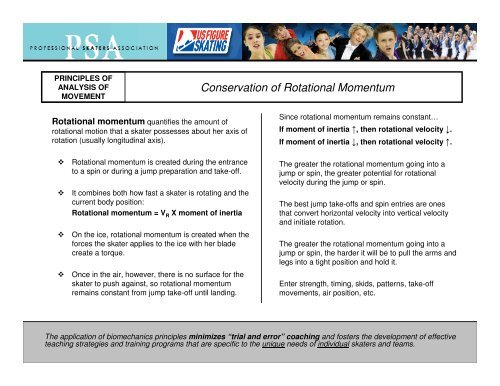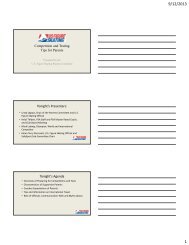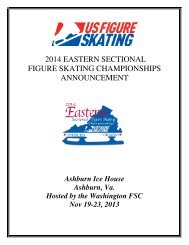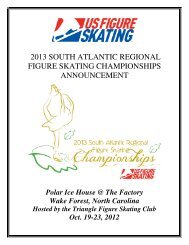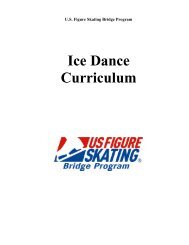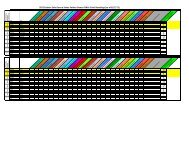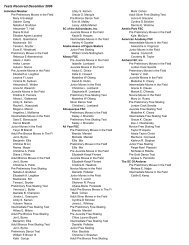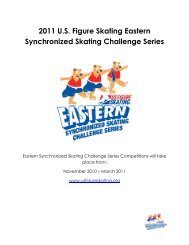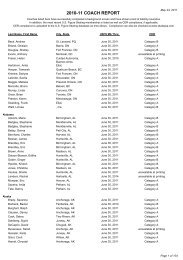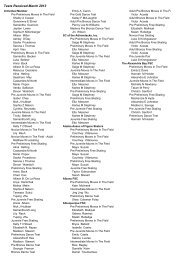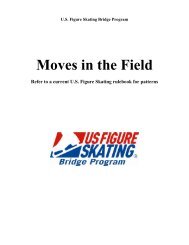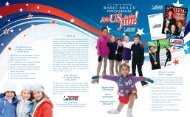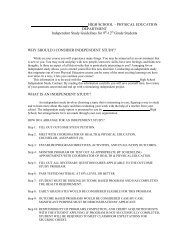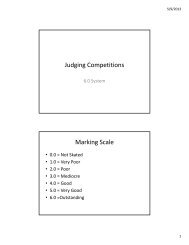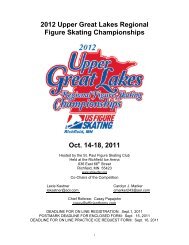Analysis of Movement - US Figure Skating
Analysis of Movement - US Figure Skating
Analysis of Movement - US Figure Skating
Create successful ePaper yourself
Turn your PDF publications into a flip-book with our unique Google optimized e-Paper software.
PRINCIPLES OF<br />
ANALYSIS OF<br />
MOVEMENT<br />
Conservation <strong>of</strong> Rotational Momentum<br />
Rotational momentum quantifies the amount <strong>of</strong><br />
rotational motion that a skater possesses about her axis <strong>of</strong><br />
rotation (usually longitudinal axis).<br />
Since rotational momentum remains constant…<br />
If moment <strong>of</strong> inertia ↑, then rotational velocity ↓.<br />
If moment <strong>of</strong> inertia ↓, then rotational velocity ↑.<br />
<br />
<br />
<br />
<br />
Rotational momentum is created during the entrance<br />
to a spin or during a jump preparation and take-<strong>of</strong>f.<br />
It combines both how fast a skater is rotating and the<br />
current body position:<br />
Rotational momentum = V R X moment <strong>of</strong> inertia<br />
On the ice, rotational momentum is created when the<br />
forces the skater applies to the ice with her blade<br />
create a torque.<br />
Once in the air, however, there is no surface for the<br />
skater to push against, so rotational momentum<br />
remains constant from jump take-<strong>of</strong>f until landing.<br />
The greater the rotational momentum going into a<br />
jump or spin, the greater potential for rotational<br />
velocity during the jump or spin.<br />
The best jump take-<strong>of</strong>fs and spin entries are ones<br />
that convert horizontal velocity into vertical velocity<br />
and initiate rotation.<br />
The greater the rotational momentum going into a<br />
jump or spin, the harder it will be to pull the arms and<br />
legs into a tight position and hold it.<br />
Enter strength, timing, skids, patterns, take-<strong>of</strong>f<br />
movements, air position, etc.<br />
The application <strong>of</strong> biomechanics principles minimizes “trial and error” coaching and fosters the development <strong>of</strong> effective<br />
teaching strategies and training programs that are specific to the unique needs <strong>of</strong> individual skaters and teams.


